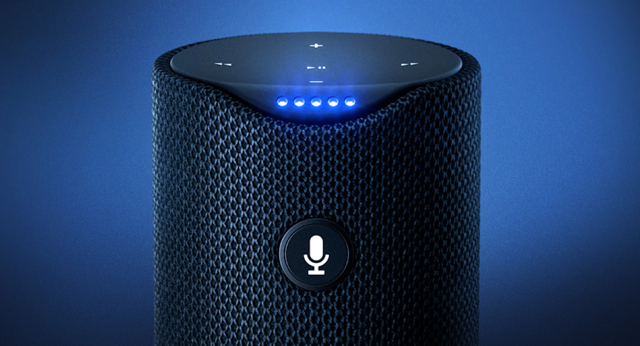Alexa, Google Assistant Beset by Zombie Apps, Low Retention
January 25, 2017
VoiceLabs just released a report that shows Amazon Echo and Google Home, holiday season hits, have problems to overcome in order to achieve mainstream acceptance. Its data reveals only 3 percent of users who enable an Alexa or Google Assistant voice app become active users by the second week, and, of the 7,000+ Alexa Skills voice apps, 69 percent have zero or one customer review, a sign of low to no usage. In comparison, Android and iOS apps have 13 percent and 11 percent retention rates respectively after one week.
Recode quotes VoiceLabs founder Adam Marchick as saying that, “There are lots of [voice] apps out there, but they are zombie apps,” and adds that “many consumers are sticking to off-the-shelf actions like streaming music, reading audiobooks and controlling lights in their homes,” which are “not sufficient to build an ecosystem that will keep software developers engaged and lead to new transformative revenue streams.”
Marchick details some of the reasons he believes are behind retention problems, such as no voice prompts such as push notifications.
But VoiceLabs is bullish on voice apps, predicting that “24.5 million voice gadgets like the Echo and Home will be shipped in 2017, up from an estimated 6.5 million last year.” As an analytics service not provided by Amazon or Google, VoiceLabs provides insights and data to hundreds of app developers, not charging yet for the service “because developers currently don’t have a way to make money off of their voice apps.”
Marchick, former chief executive of Kahuna, and former Yahoo executive Alex Linares, founded VoiceLabs, which was incubated inside The Chernin Group.
Wired says that, “the challenge isn’t in creating the devices, it’s in creating a consistent user experience as they proliferate,” something that will take time to develop. “The next couple of years is going to be a lot of talking objects,” said Argodesign co-founder Mark Rolston.
Amazon offers developers guidelines to encourage seamless interaction, according to exec Brian Kralyevich. “A customer shouldn’t have to learn a new language or style of speaking in order to interact with her,” he said. “They should be able to speak naturally, as they would to a human, and she should be able to answer.”
In the future home, “addressing each device individually will grow cumbersome,” explains Nuance executive Dan Faulkner. “At a high level you need to be able to interact with devices how you want to,” he said. “If I think two years out, three years out, are we really going to have millions and millions of users who are learning the unique dialogue path with each disparate device? That just doesn’t seem likely to me.”
That future opens many questions about “what happens when multiple devices don’t understand what you’re saying.” The smart device may connect to a central hub but, for now, Amazon is “focused on getting Alexa into as many places as possible” and developers “see Alexa as little more than a sellable upgrade.”


No Comments Yet
You can be the first to comment!
Sorry, comments for this entry are closed at this time.